TIStellarisLM3S2000混合動力汽車電池充電器解決方案
In addition, the LM3S2B93 microcontroller offers the advantages of ARM’s widely available development tools, System-on-Chip (SoC) infrastructure IP applications, and a large user community.
Additionally, the microcontroller uses ARM’s Thumb?-compatible Thumb-2 instruction set to reduce memory requirements and, thereby, cost. Finally, the LM3S2B93 microcontroller is code-compatible to all members of the extensive Stellaris family; providing flexibility to fit our customers’ precise needs.
Texas Instruments offers a complete solution to get to market quickly, with evaluation and
development boards, white papers and application notes, an easy-to-use peripheral driver library, and a strong support, sales, and distributor network. See “Ordering and Contact Information” on page 1180 for ordering information for Stellaris family devices.

圖2. LM3S2B93 MCU方框圖
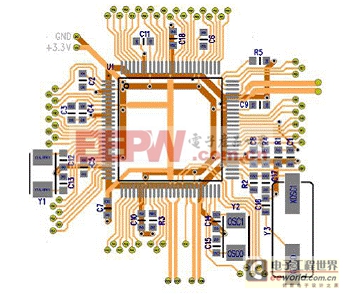
圖3. LM3S2B93 MCU最基本連接電路圖
其中各元件如下:
Pull-up resistors might also be needed on JTAG signals if these pins are not driven externally. VDD, VDDC and GND connections are shown as thick PCB traces for clarity. Normally these connections would be extended as copper pours.
? R1 Reset input pull-up resistor
? C1 Reset input filter capacitor
? C3 LDO regulator filter capacitor
? C2, C4-C6, C11 VDD Decoupling capacitors
? C7, C18 VDDC Decoupling capacitors
? C12-C17 Crystal load capacitors
? Y1 Ethernet Crystal
? Y2 Main Oscillator Crystal
? Y3 Hibernate Module Crystal
? R3 Ethernet RBIAS resistor
? R2 Hibernate Oscillator resistor
? R5 USB RBIAS
? R4 MDIO Pull-up resistor
Stellaris? LM3S9B96開發(fā)板
Stellaris? LM3S9B96 Development Kit
The Stellaris? LM3S9B96 Development Board provides a platform for developing systems around the advanced capabilities of the LM3S9B96 ARM? Cortex?-M3-based microcontroller.
The LM3S9B96 is a member of the Stellaris Tempest-class microcontroller family. Tempest-class devices include capabilities such as 80 MHz clock speeds, an External Peripheral Interface (EPI) and Audio I2S interfaces. In addition to new hardware to support these features, the DK-LM3S9B96 board includes a rich set of peripherals found on other Stellaris boards.
The development board includes an on-board in-circuit debug interface (ICDI) that supports both JTAG and SWD debugging. A standard ARM 20-pin debug header supports an array of debugging solutions.
The Stellaris? LM3S9B96 Development Kit accelerates development of Tempest-class microcontrollers. The kit also includes extensive example applications and complete source code.
Stellaris? LM3S9B96開發(fā)板主要特性:
The Stellaris? LM3S9B96 Development Board includes the following features.
電路圖符號相關文章:電路圖符號大全



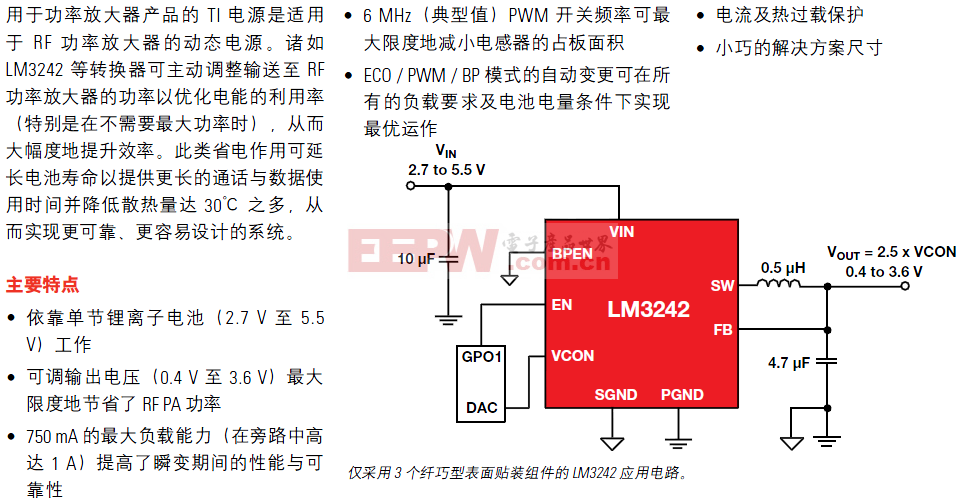
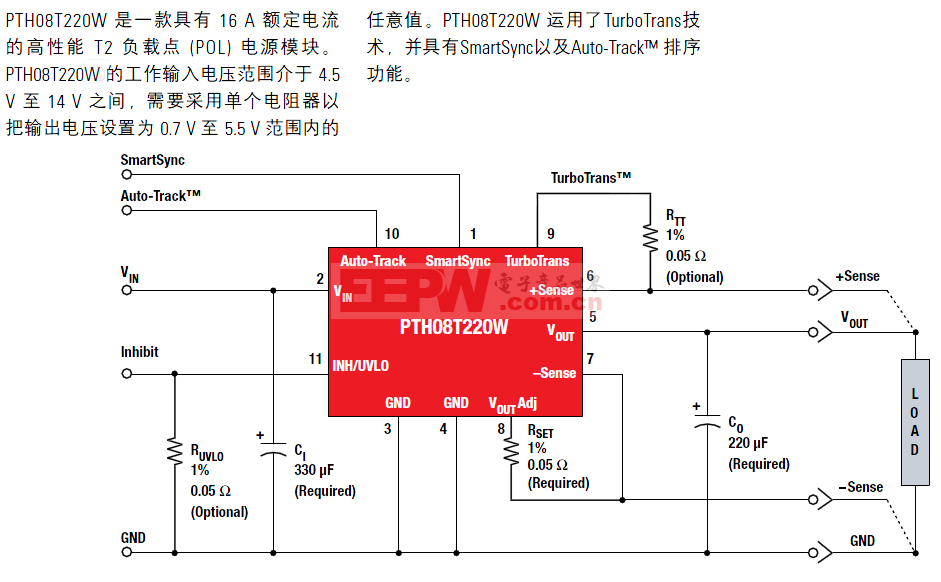


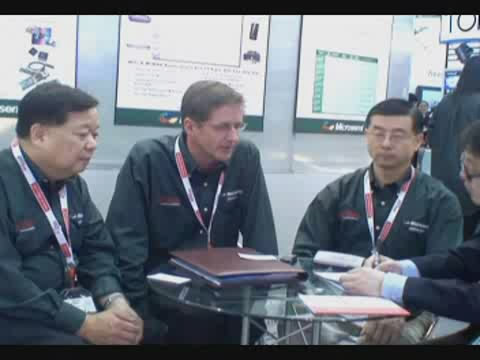

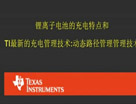

評論